a. Given the decreasing order of Lewis basicities of the following:
i. 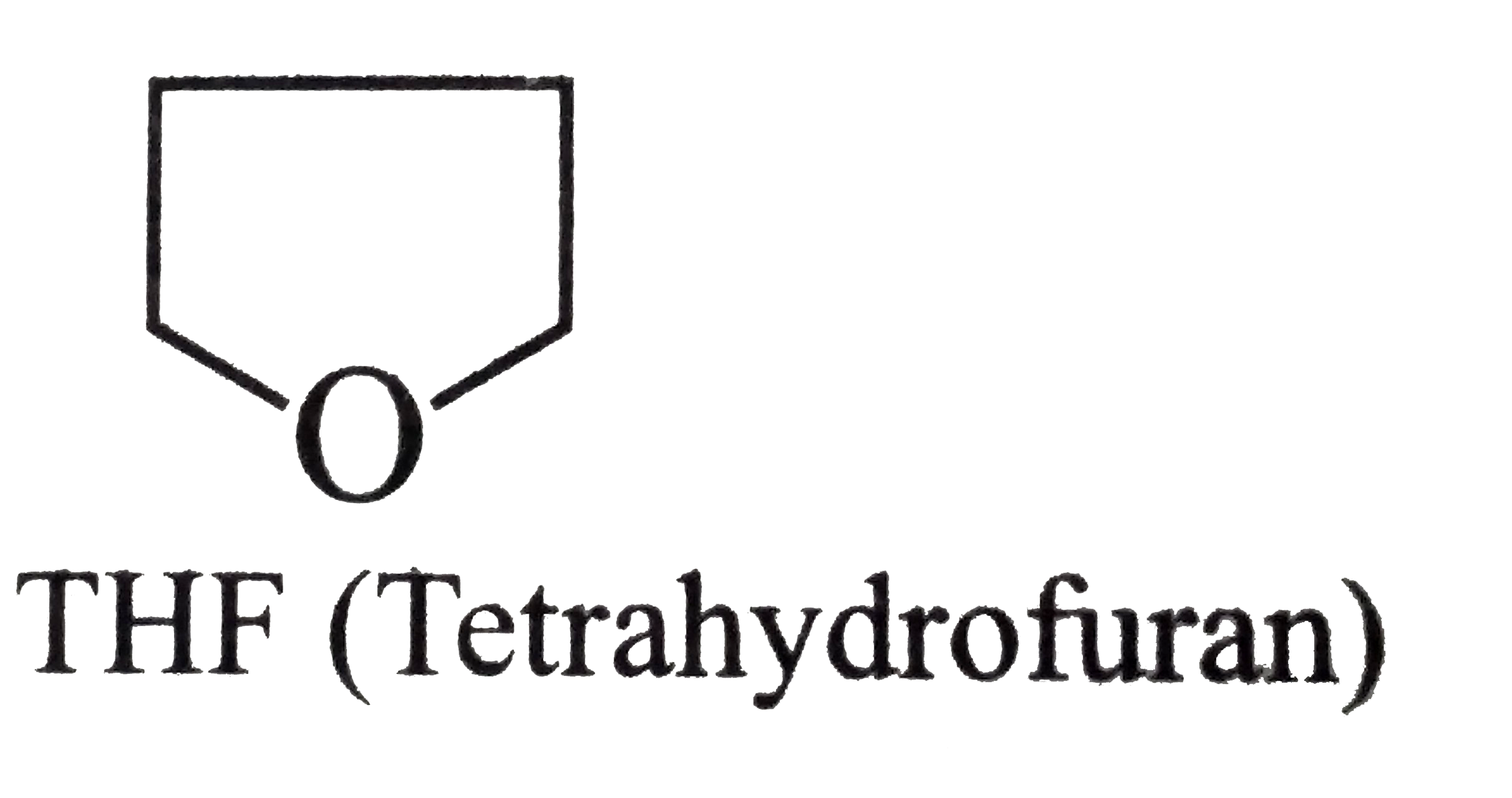 ii. C2H5−−O−−C2H5Dirthylether
ii. C2H5−−O−−C2H5Dirthylether
iii. 
b. i. 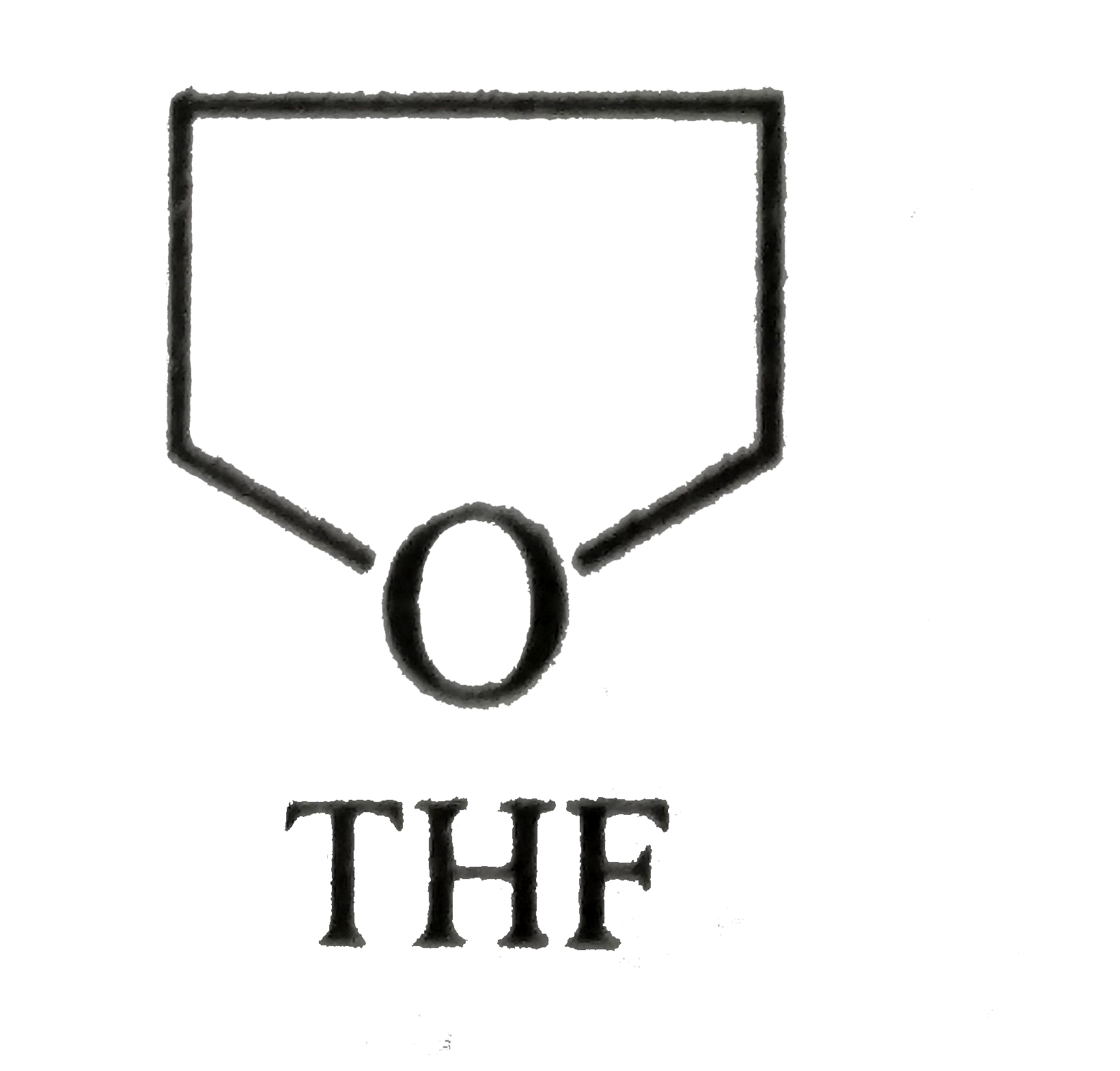 ii.
ii.  iii.
iii. 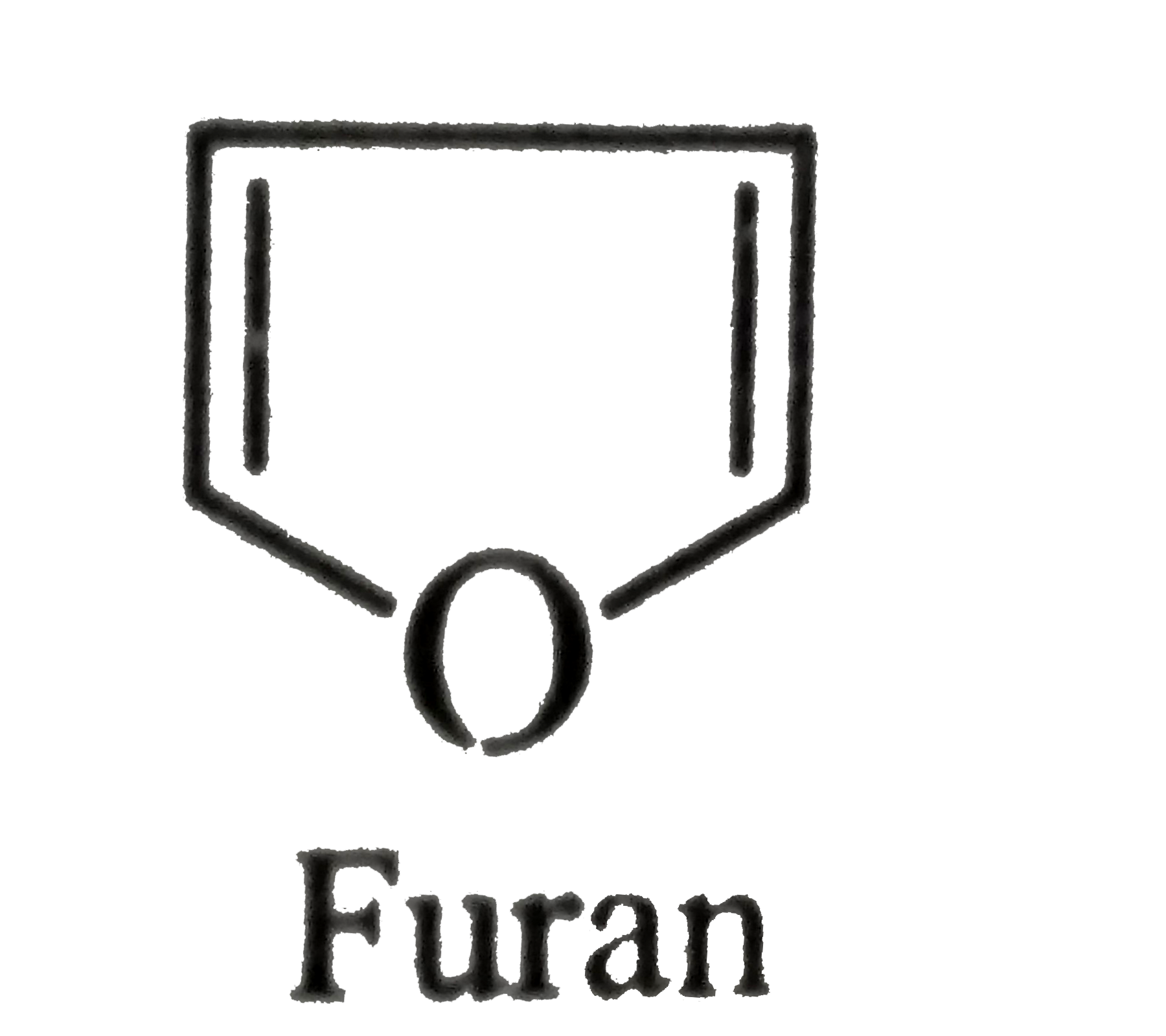
c. Completer the following reaction :
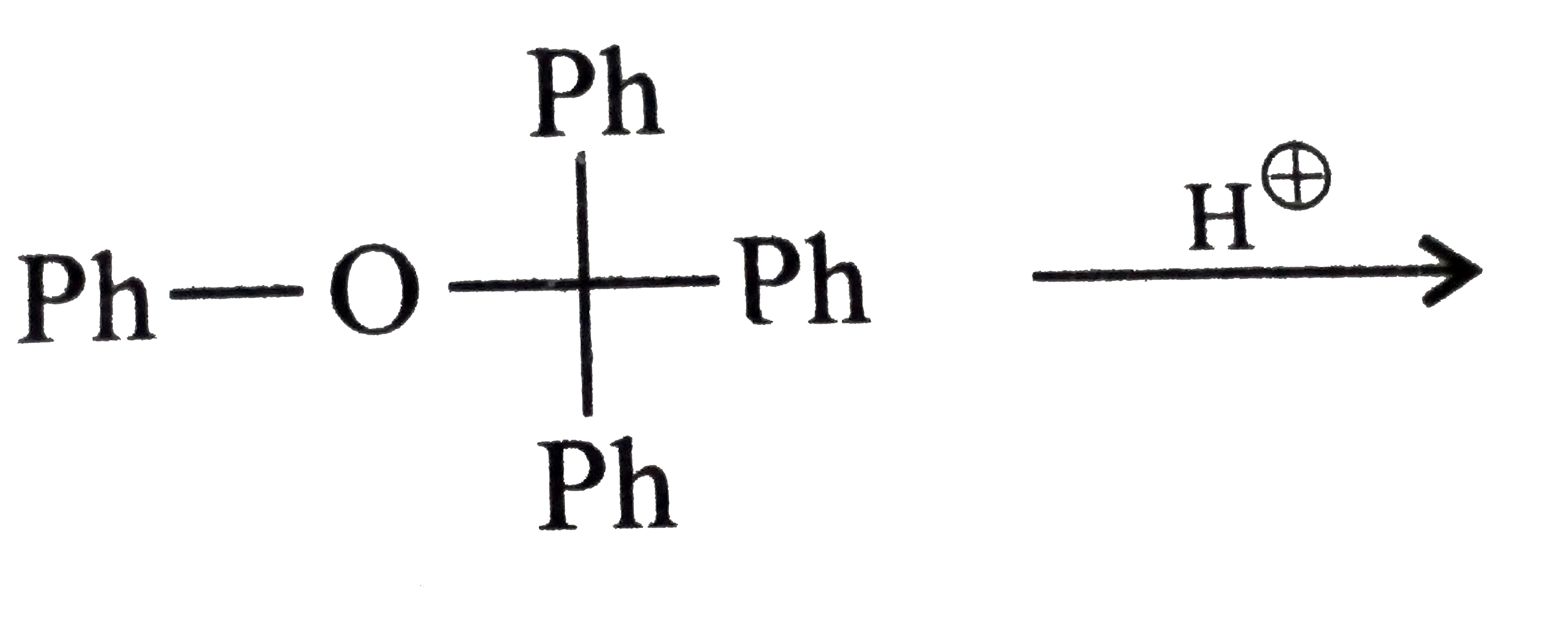
d. (A) 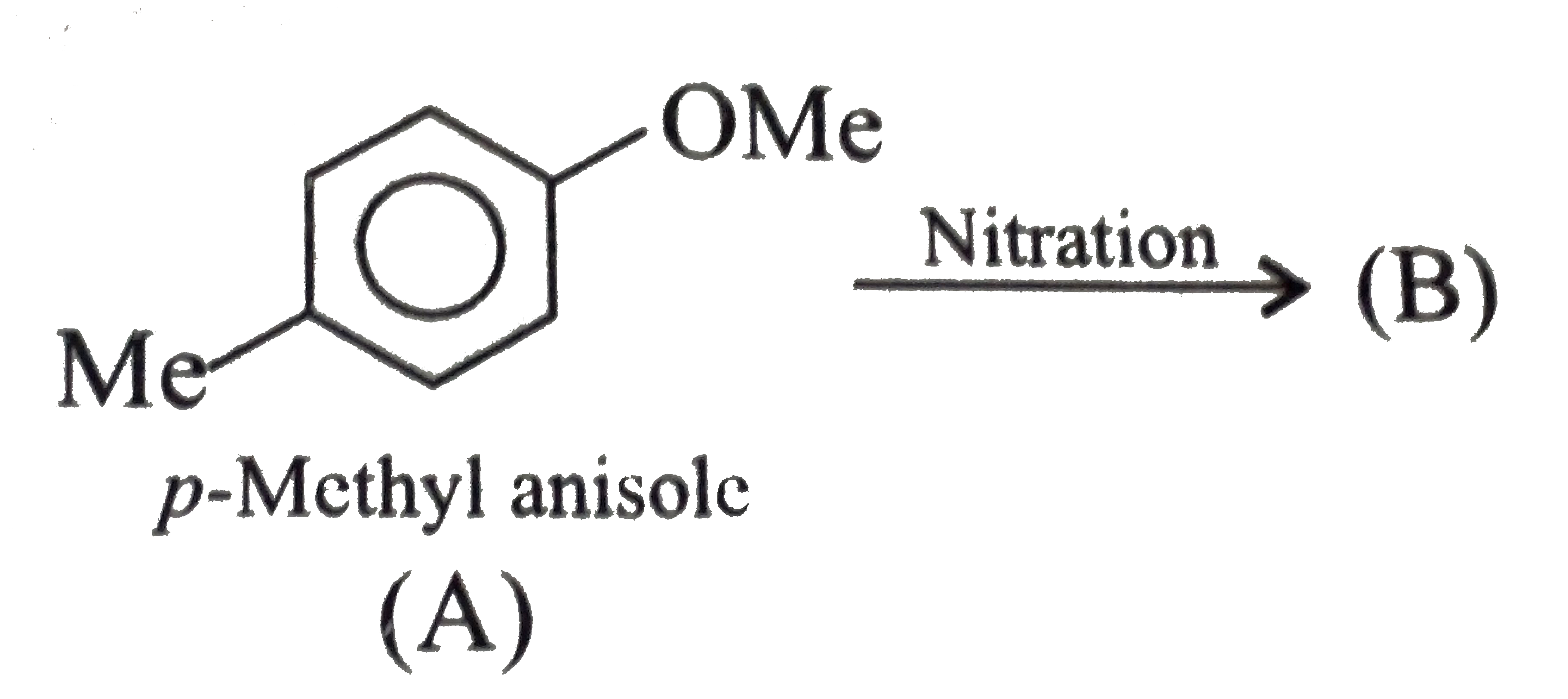 (B) Nitration−−−−−→
(B) Nitration−−−−−→
e. 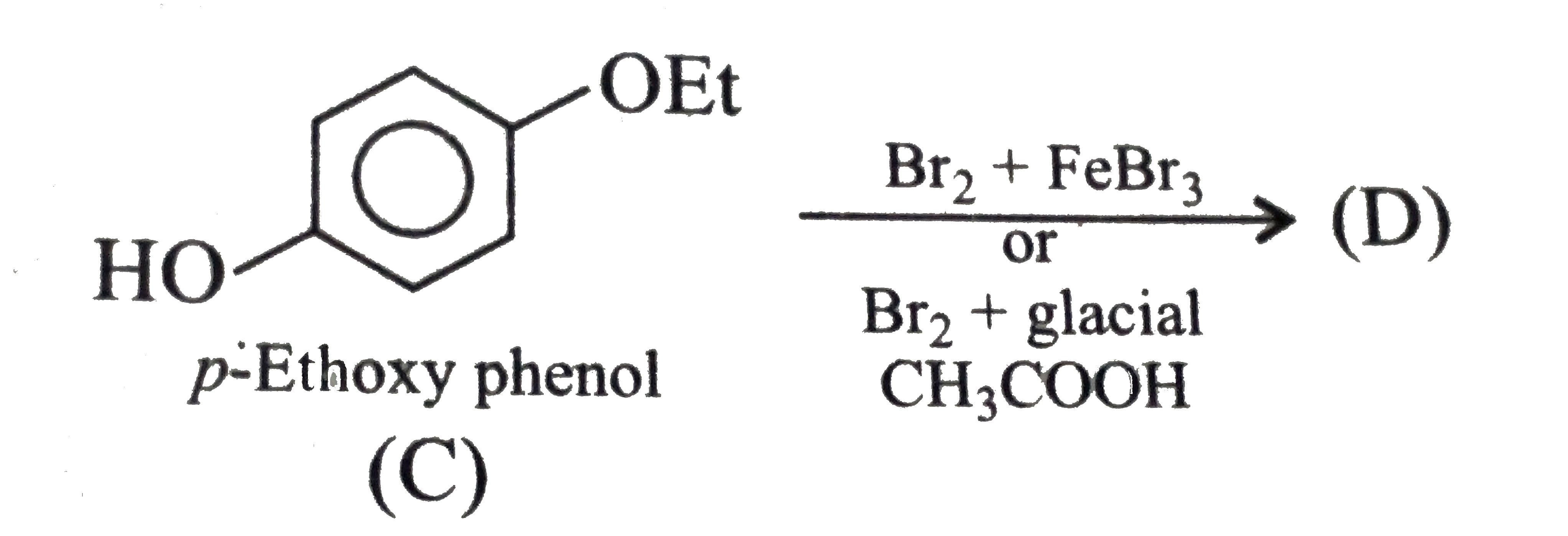
f. How are the ethers distinguished form alcohols ?
Video Solution
Text Solution
a. Greater the steric hindrance in the ether molecule encountered in the formation of the coordination bond, weaker is the Lewis basicity. In (i), R groups (the side of the ring) are 'tied back' leaving a very exposed O atom free to serves as basic site. In other works, more compact the molecule (due to ring), more easily O atom can donate its LP ¯e to the Lewis acids, and therefore, stronger the Leis base. The decreasing order of Lewis basicities : (i) gt (ii) gt (iii).
b. In (ii) and (iii), the LP ¯e density is decreaity in LP ¯e density is more pronounced in (iii) than in (ii), due to more resonating structure.
i. 
ii. 
decreasing order of Lewis basicities: (i) gt (ii) gt (iii).
c. 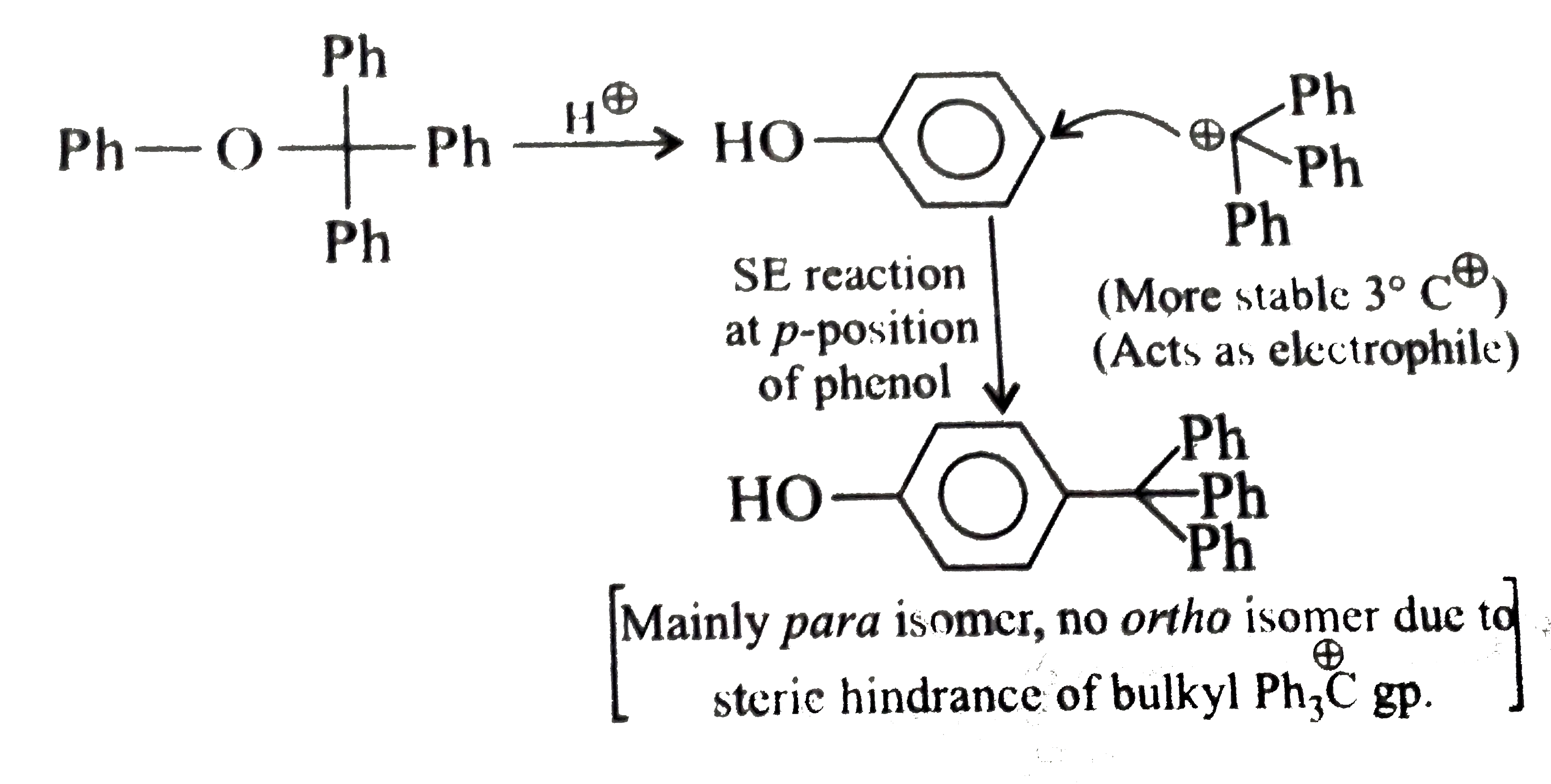
d. (−−OMe) group is activating group and o- and p- directing, since p-position is bloked. So (−−NO2) group ethers at o-position w.r.t. (−−OMe) group.

e. The (−−OH) group is a somewhat stronger activator than (−−OR) group, thus (−−Br) enters at ortho position w.r.t. (−−OH) group (since p-position is blocked). A minor amount of 3-bromo product is also obtained.
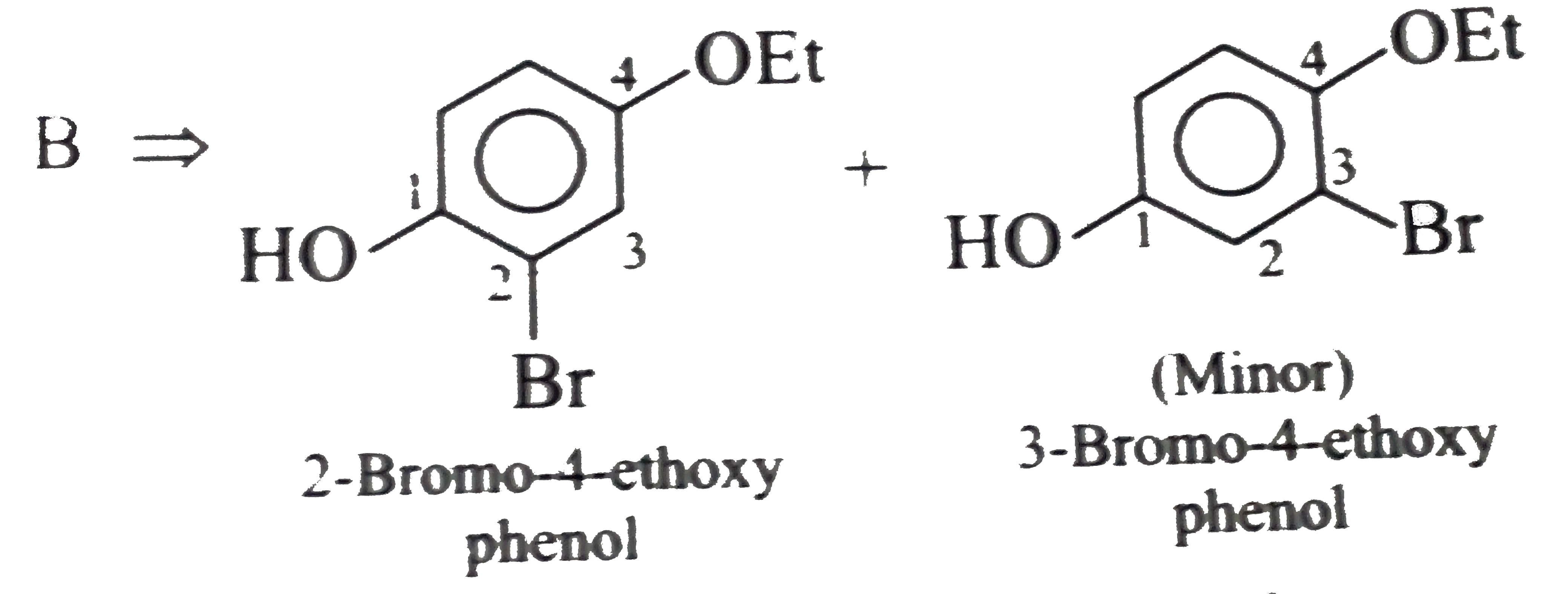
f. i. All alcohols give CH4 (methane gas) when reacted with MeMgBr.
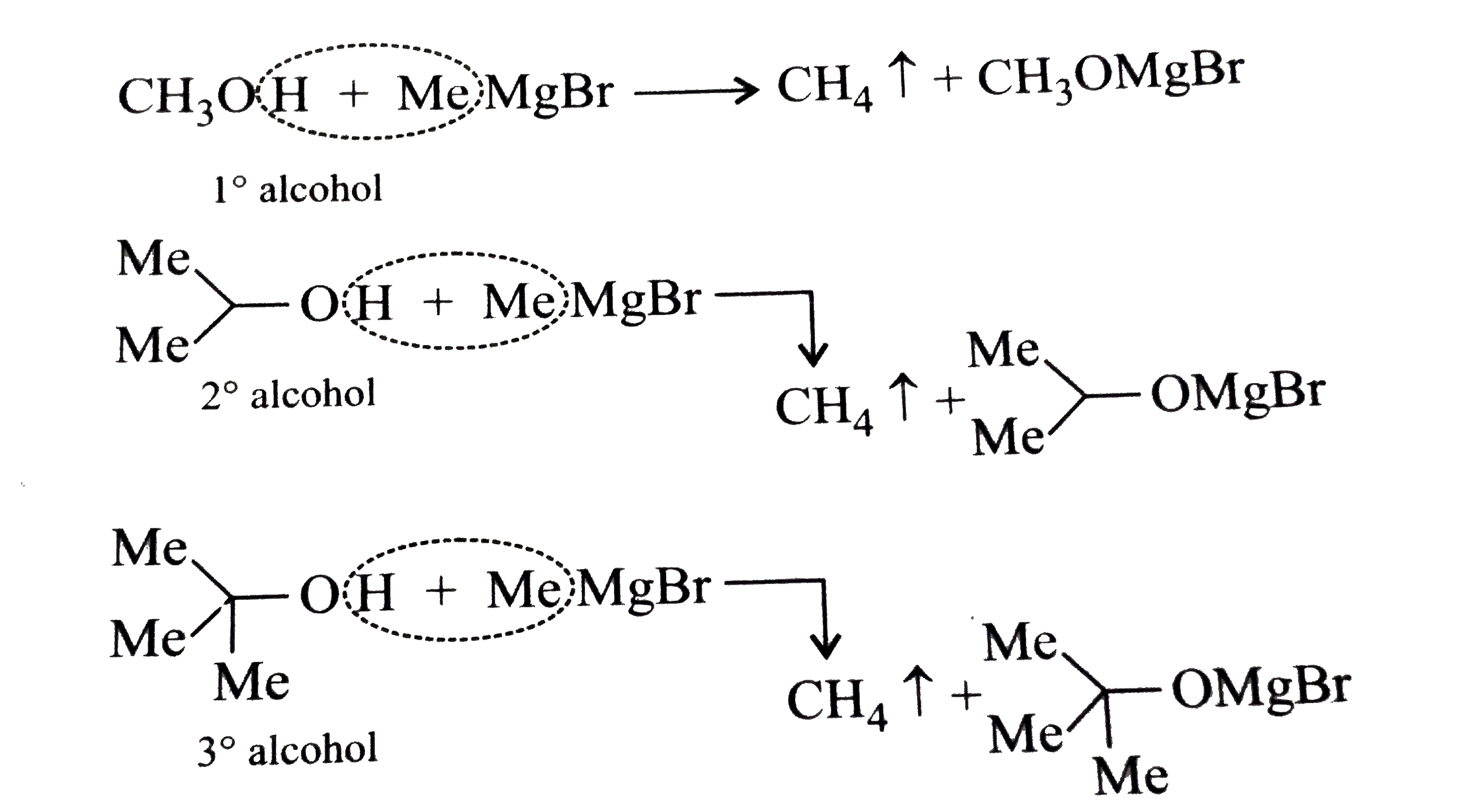
ii. K2Cr2O7 in acid has a bright orange coloour. When it oxidises 1∘ or 2∘ alcohol, it is reduced to blue green due to the formation of Cr3+ .

iii. All alcohols evolve H2 gas on addition of sodium (Na). 2R−−−OH+2Na→2RONa+H2
iv. Dry ethers give negative test with all the regents (a, b, and c).
|
Updated on:21/07/2023
Topper's Solved these Questions
- BOOK - CENGAGE CHEMISTRYCHAPTER - ALCOHOL,PHENOL AND ETHERSEXERCISE - Solved Examples17videos
ALCOHOL,PHENOL AND ETHERS
- BOOK - CENGAGE CHEMISTRYCHAPTER - ALCOHOL,PHENOL AND ETHERSEXERCISE - Exercises Subjective25videos
ALCOHOL,PHENOL AND ETHERS
- BOOK - CENGAGE CHEMISTRYCHAPTER - ALIPHATIC AND AROMATIC ALDEHYDES AND KETONESEXERCISE - Archives Subjective29videos
ALIPHATIC AND AROMATIC ALDEHYDES AND KETONES
Similar Questions
Knowledge Check
- Question 1 - Select One
The decreasing basic order of the following is:
i. o−CH3, ii. o−NH2, iii. o−OH, iv. Fo−A(i)>(ii)>(iii)>(iv)B(iv)>(iii)>(ii)>(i)C(ii)>(i)>(iii)>(iv)D(ii)>(i)>(iv)>(iii) - Question 2 - Select One
The decreasing basic order of the following is:
i. overset(o-)(C)H_(3),ii.Overset(o−)(O)H, iii. CH3COOo−, iv. H2OA(i)>(ii)>(iii)>(iv)B(iv)>(iii)>(ii)>(i)C(iiii)>(i)>(ii)>(iv)D(iii)>(ii)>(iv)>(i) - Question 3 - Select One
The decreasing nucleophilic oder of the following compounds is:
i. o−CH3, ii. o−NH2, iii. o−OH, iv. Fo−A(i)>(ii)>(iii)>(iv)B(iv)>(iii)>(ii)>(i)C(ii)>(i)>(iii)>(iv)D(ii)>(i)>(iv)>(iii)
Complete the following reaction :
(a)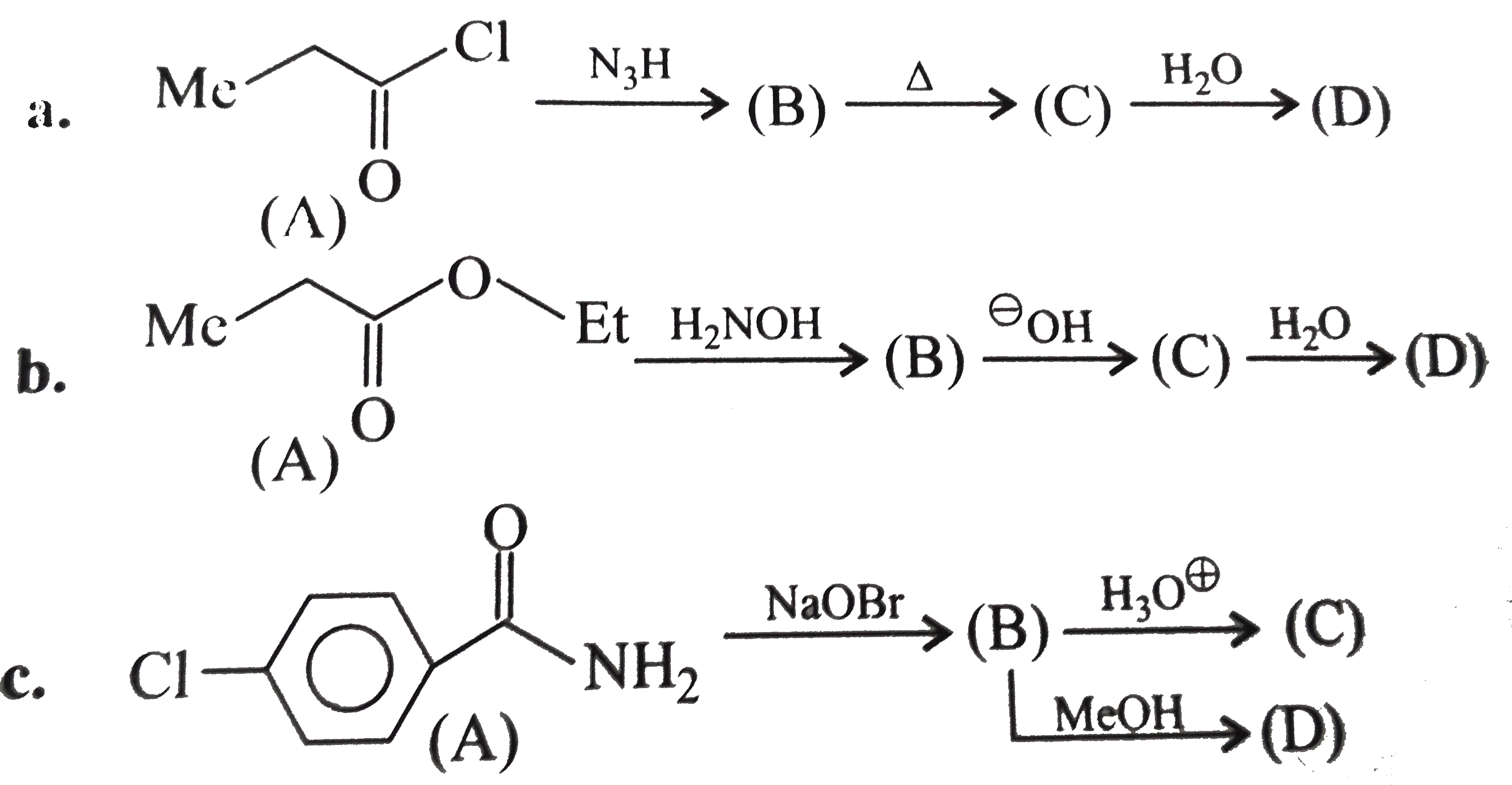
(b)
( c)
(d)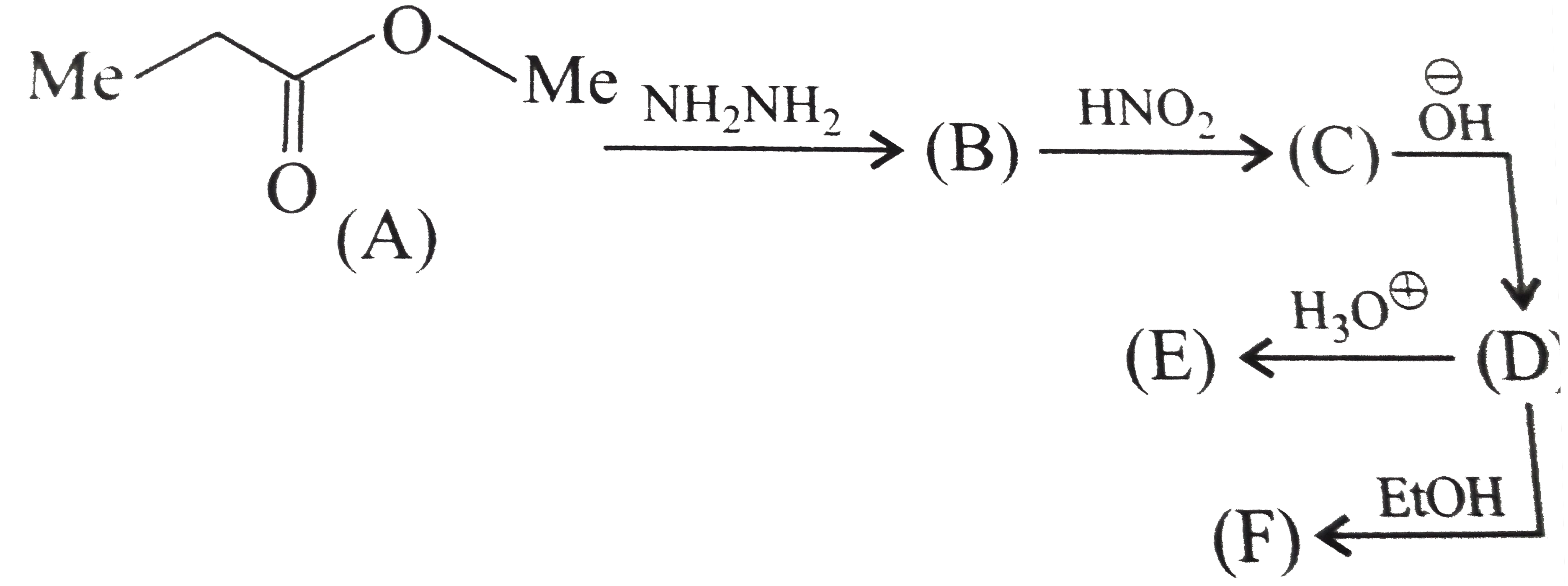
( e)
(f) PhCHON3H/H⊕−−−−−→Δ(B)H3O⊕−−−→(C)+(D)
(g) View Solution
View SolutionThe decreaing basic order of the following is:
i. o−CN, ii. o−OH, iii. o−OMe, iv. o−CH3, v. Ho−View SolutionThe deecreasing leaving group order of the following compounds is:
i. o−CH3, ii. o−NH2, iii. o−OH, iv. Fo−View SolutionThe decreasing basic order of the following is:
i. PhSOo−3, ii. C2H5SOo−3, iii. C2H5COOo−, iv. o−CN, v. o−OHView SolutionThe decreasing fugacity order of the following is:
i. o−CN, ii. o−OH, iii. o−OMe, iv. o−CH3, v. Ho−View Solution



_S01_429_Q01.png)
_S01_429_Q02.png)